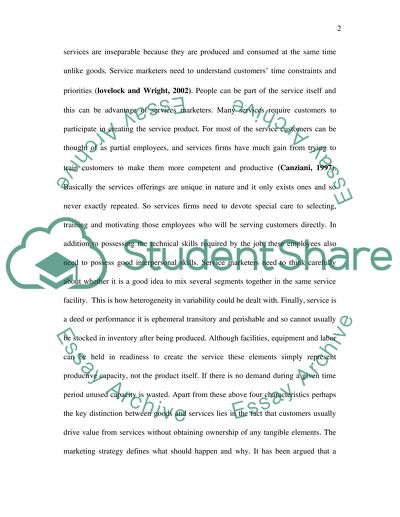Cite this document
(Human Resource Management - Service Sector Essay, n.d.)
Human Resource Management - Service Sector Essay. Retrieved from https://studentshare.org/human-resources/1501280-service-industry-management
Human Resource Management - Service Sector Essay. Retrieved from https://studentshare.org/human-resources/1501280-service-industry-management
(Human Resource Management - Service Sector Essay)
Human Resource Management - Service Sector Essay. https://studentshare.org/human-resources/1501280-service-industry-management.
Human Resource Management - Service Sector Essay. https://studentshare.org/human-resources/1501280-service-industry-management.
“Human Resource Management - Service Sector Essay”, n.d. https://studentshare.org/human-resources/1501280-service-industry-management.


